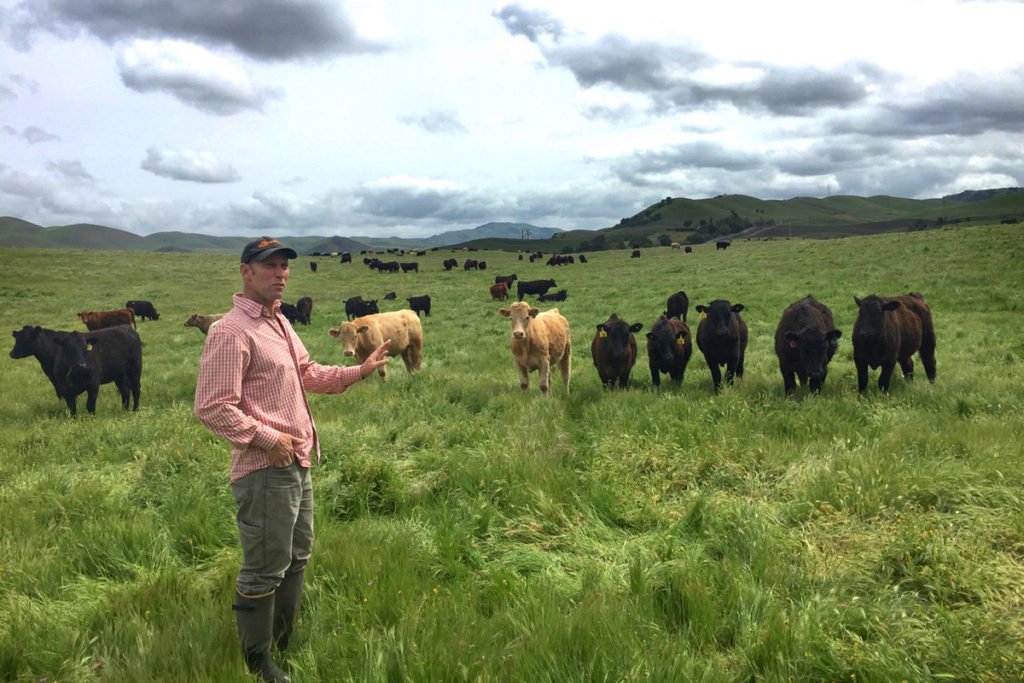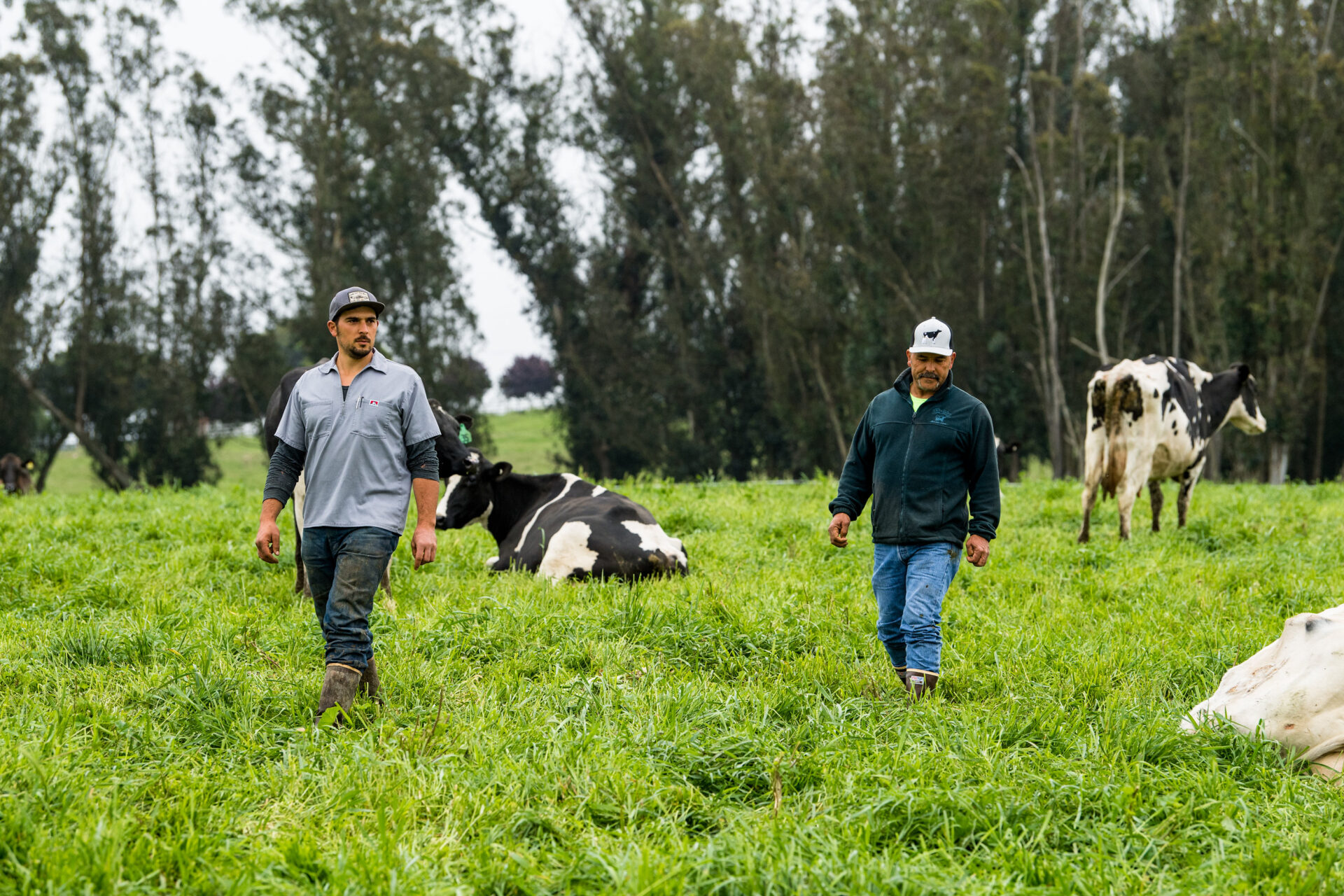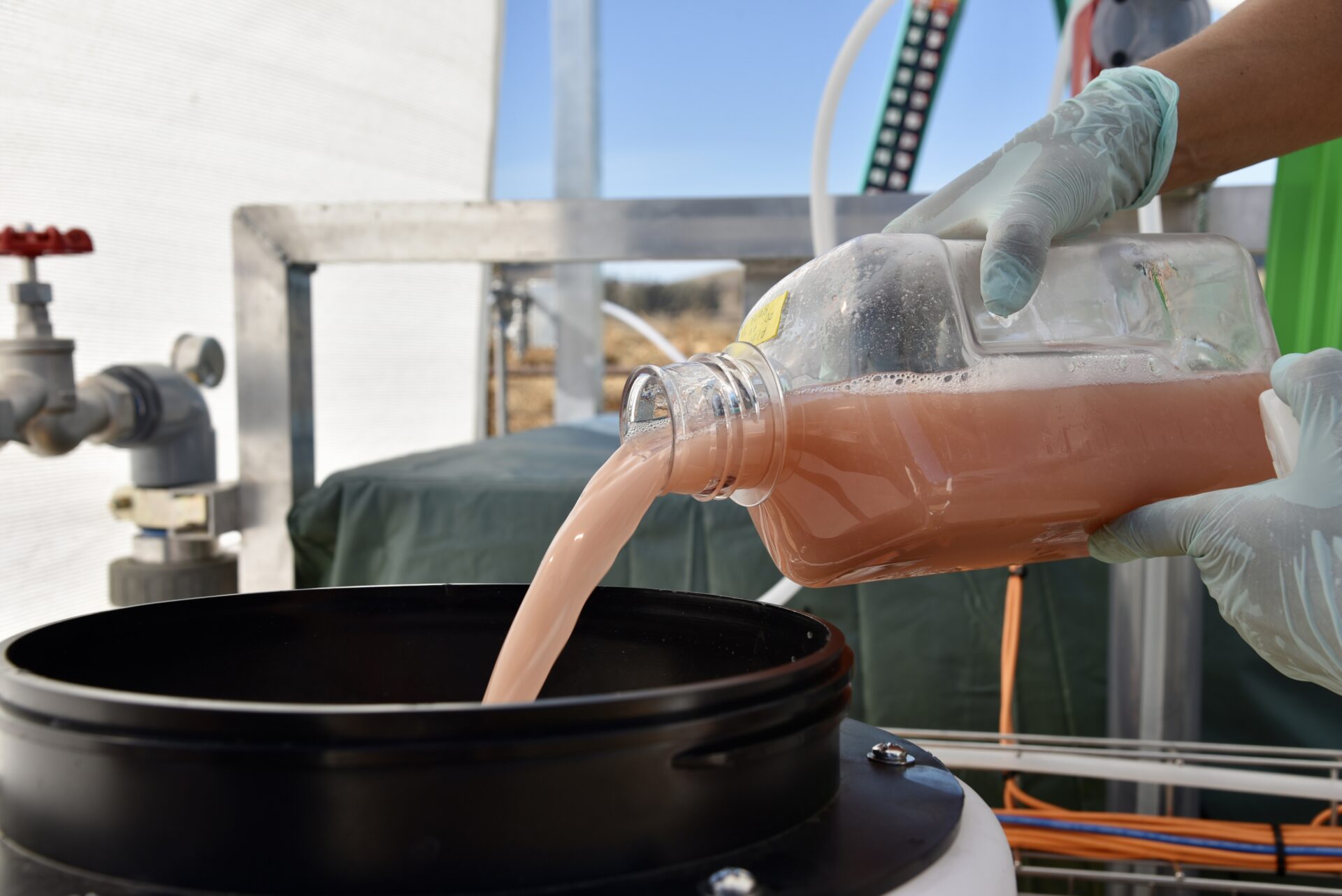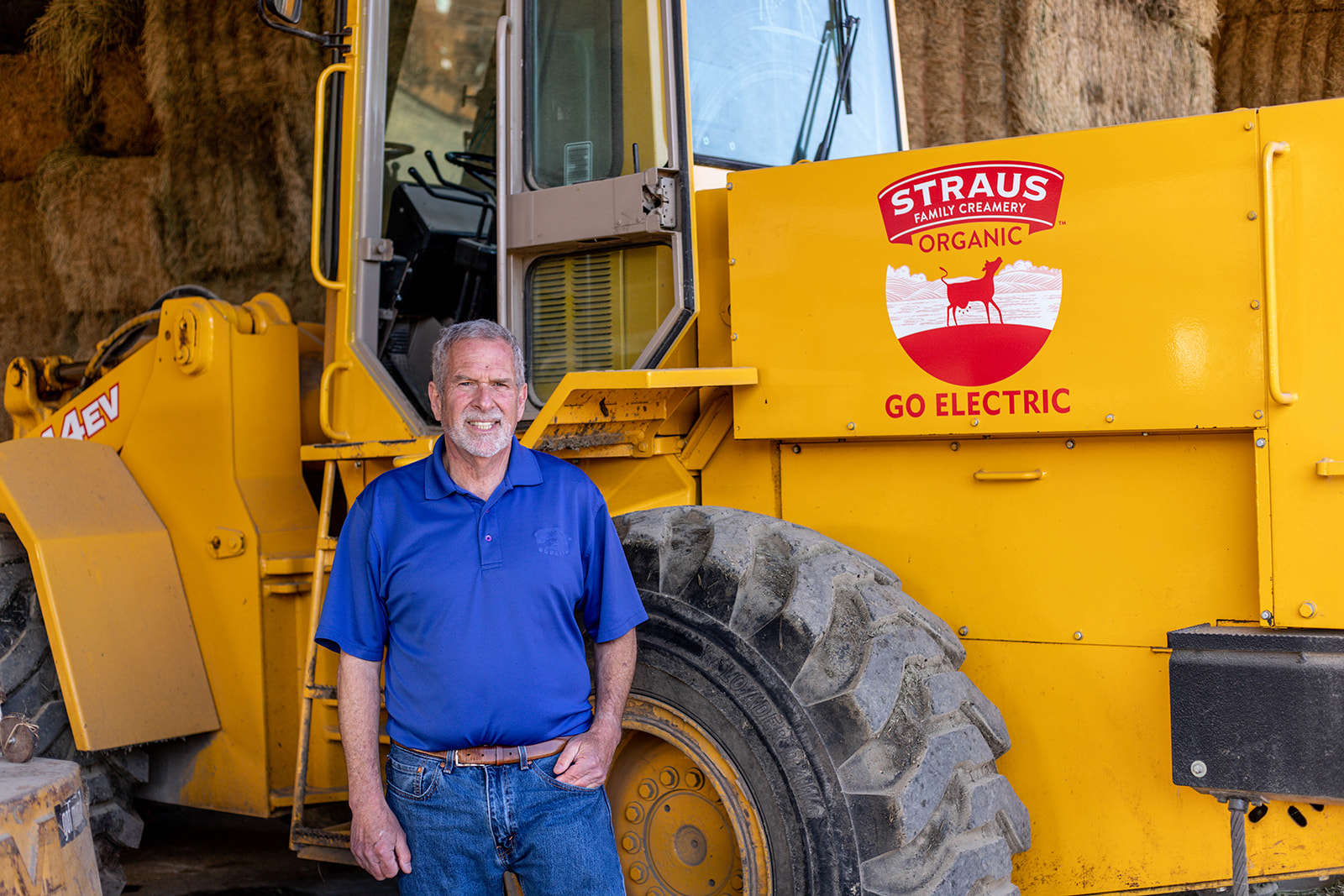Photo courtesy CalCAN. Farmer Kelly Mulville showing climate-smart ranching practices at Paicines Ranch in California.
BY LIZ CARLISLE
At the outset of last month’s Global Climate Action Summit in San Francisco—even before the release this week of a dire U.N. climate report—California Governor Jerry Brown made a bold announcement, setting a target for the state—the world’s fifth-largest economy—to achieve net zero emissions by 2045.
California has taken on a heightened role in climate diplomacy since the United States’ 2017 withdrawal from the Paris Climate Agreement. But even insiders were stunned by Brown’s wide-ranging executive order. Ecologist and incoming executive director of climate advocacy organization Project Drawdown Jonathan Foley hailed the move as “the most ambitious serious climate commitment ever made on earth.”
Brown has signed a number of bills spelling out how California might achieve its goal, including SB100, which commits the state to 100 percent carbon-free electricity by 2045, as well as a series of bills intended to increase the adoption of electric vehicles. But missing from the flurry of legislation are concrete plans for the future of food and agriculture.



